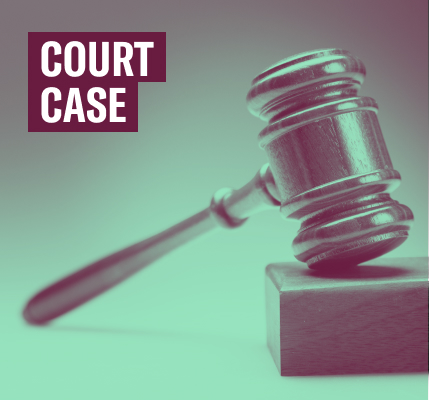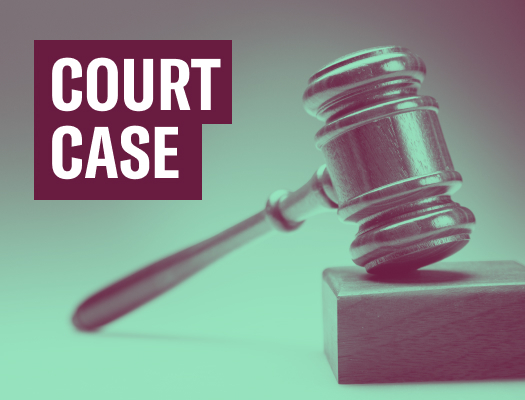
12 Years a Slave was painful to watch, perhaps the only comfort being that you could walk out of the movie theater into 2014, where such cruelty is ostensibly a thing of the past.
Or is it? Along the Red River in Louisiana – where Solomon Northup spent 12 years enslaved – an innocent man named Glenn Ford was sent to death row for 30 years. He was released last week.
Ford's trial was a disturbing caricature of racial oppression and discrimination. The court reporter transcribed white jurors responses as "yes, sir" and African American jurors as "yes, suh" throughout jury selection. Even the judge demonstrated an insensitivity to race when he mused, "If those who were in between and I could not tell, then I gave the defendant the benefit of the doubt and called them all white," when describing how he assigned race to potential jurors.
One hundred and forty years have passed since Solomon Northup was enslaved, and far too much has stayed the same.
In capital trials, each side has a set number of challenges they can use to exclude jurors they do not like. In Ford's case, the jurors the prosecution didn't like were African American. The result: Ford, an African American defendant charged with the murder of a white man, was sentenced to death by an all-white jury in a community that was nearly 40 percent African American at the time of his trial.
Sadly, Ford's case was no anomaly in this parish. Caddo Parish and the city of Shreveport in particular have a disturbing history of racial discrimination and strife. Caddo Parish was coined "Bloody Caddo," in the decade following the Civil War as a result of 566 homicides, largely lynchings of African Americans. Lynching was even encouraged by the local newspaper, The Shreveport Times, which encouraged violence against African Americans. Decades later, Shreveport was labeled the "most segregated city in America,"
As an emblem of this shameful history, a Confederate flag flew outside the courthouse where Ford's trial took place. The flag swayed every day at the entrance of the "halls of justice" beckoning the defendant, attorneys, spectators and potential jurors to enter, reminding them of a time when it was an accepted rule of the land that African Americans were less worthy than whites. In fact, it was only recently that the parish took the flag down, and only after many, including the ACLU, fought for its removal. Essentially, the presence of a Confederate flag outside the courthouse created the ideal soil for modern day strange fruit.
Fortunately for Glenn Ford, the recipe for disaster they called his trial didn't claim his life. But racial discrimination during jury selection didn't end with his exoneration. Every day in courtrooms across this nation, African Americans are hindered from performing their civic duty. As lawyers we stand before potential jurors and explain to them that they are being afforded an opportunity to serve their country, to do their part, yet there are individuals being told they cannot serve due to the color of their skin. They are told that they don't have the same status as other citizens, that they are second rate. Racial discrimination in jury selection is not a thing of the past; it is very much alive and well. It is not a harmless error. It is what sends an innocent man to prison, making him 30 years a prisoner.
Learn more about the death penalty and other civil liberty issues: Sign up for breaking news alerts, follow us on Twitter, and like us on Facebook.




